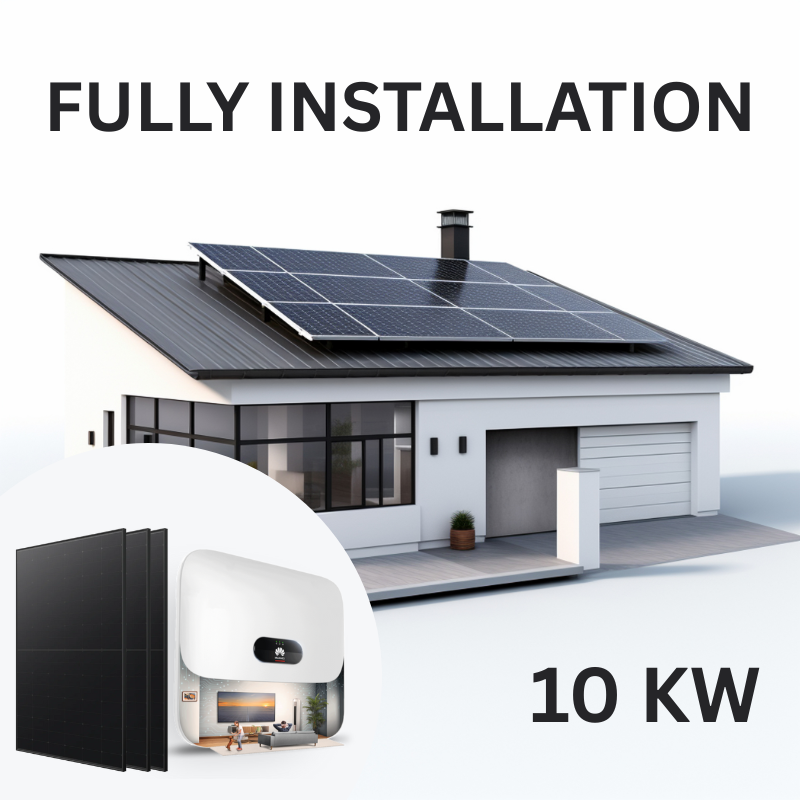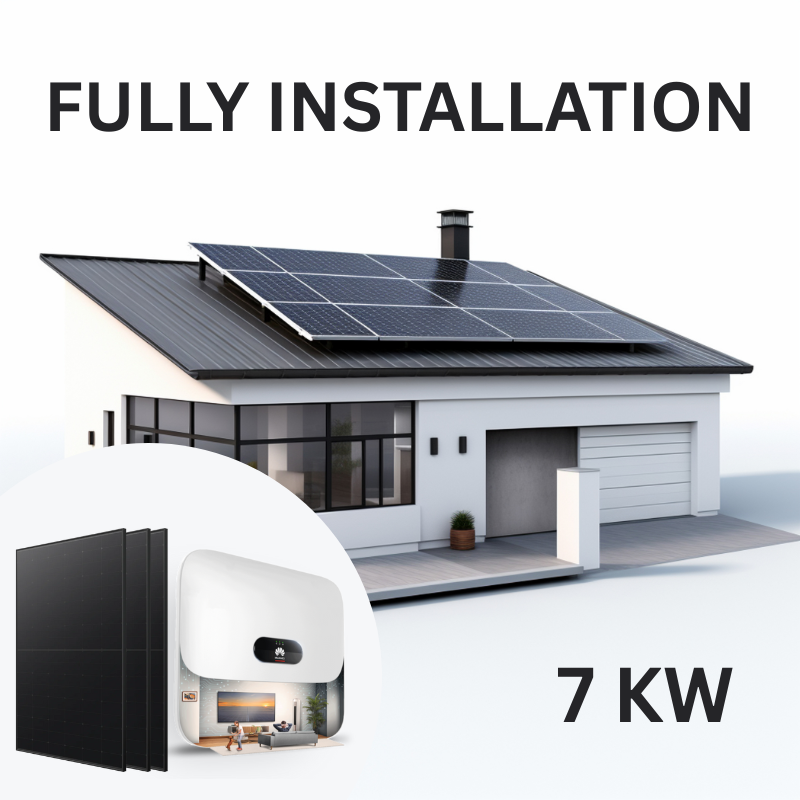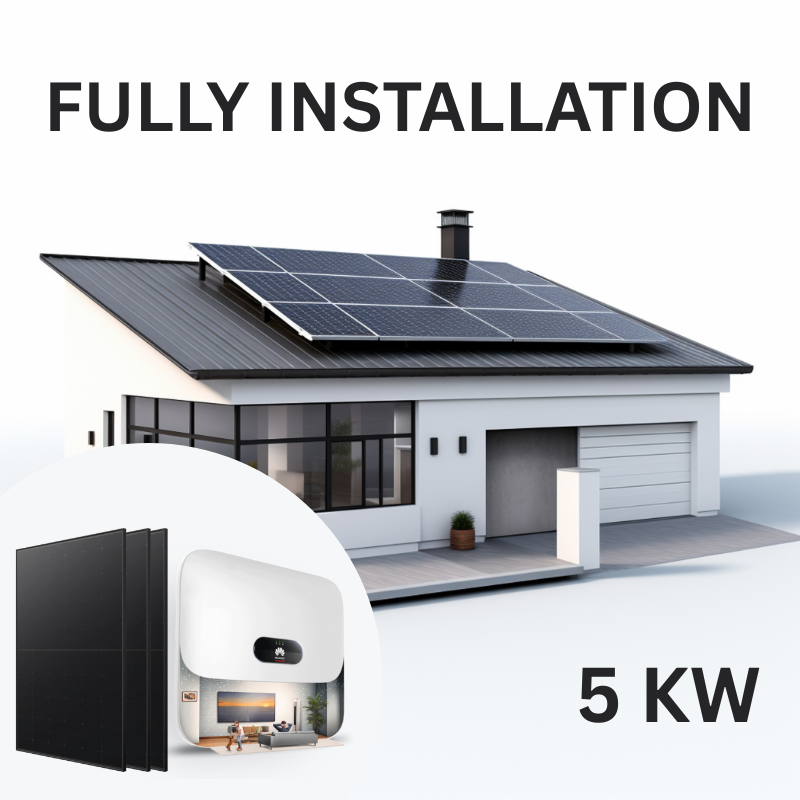
With rising electricity prices and an increased focus on sustainability, many New Zealand homeowners are considering solar power. However, one of the most common questions is how many solar panels in NZ are actually needed to power a home. The answer depends on various factors, including household energy consumption, solar panel efficiency, sunlight availability, and whether you plan to stay connected to the grid or go completely off-grid. Understanding these factors can help determine the right solar system size for your needs.
How many solar panels do i need.Start Here-Use our free Calculator
If you’re thinking about going solar but aren’t sure what size system you need, we’ve made it easy for you.We offer a free online solar calculator tool that gives you a quick estimate of your ideal solar system size – using just your electricity bill. Simply enter your monthly electricity usage (in kWh), and the tool will calculate approximately how many solar panels you’ll need to meet your energy needs.
This is especially helpful if you don’t have detailed energy data or if you’re just starting to explore solar as an option.
As shown in the example below, the tool breaks down your estimated annual usage and recommends a system size tailored to your household.
It’s fast, simple, and free to use – try it today and take the first step toward energy independence.
Understanding Your Household Energy Consumption
The first and most important factor is household energy consumption. The average New Zealand home uses between 7,000 and 9,000 kWh per year, which translates to about 19 to 25 kWh per day. However, homes with high electricity demand due to appliances like heat pumps, electric water heating, or electric vehicles will require more energy. Checking your latest electricity bill will help determine how much power your household consumes daily, which is a crucial step in estimating how much solar energy you need to generate.
The wattage of solar panels in NZ is another key consideration. Residential solar panels typically range from 300W to 500W in capacity. Higher-wattage panels generate more electricity per unit, which means fewer panels are needed to meet a household’s energy needs. For example, a 400W panel generates approximately 1.6 kWh per day under optimal sunlight conditions. Choosing higher-efficiency panels can be beneficial if you have limited roof space or prefer a smaller system while still meeting your energy demands.
How Sunlight and Location Affect Solar Panel Needs
The amount of sunlight a home receives plays a significant role in determining how many panels are required. New Zealand enjoys an average of 4 to 5 peak sunlight hours per day, but this varies depending on location. The North Island, particularly cities like Auckland, Wellington, and Hamilton, receives more sunlight, which means fewer panels are needed to generate the same amount of power. In contrast, the South Island, including Christchurch, Dunedin, and Queenstown, experiences slightly lower sunlight hours, requiring additional panels to compensate for the reduced energy generation.
Homes located in shaded areas or regions with frequent cloudy weather may need extra panels or a battery storage system to ensure a steady power supply. Additionally, the orientation and tilt of solar panels in NZ can affect energy production. Panels that face north typically receive the most sunlight in New Zealand, while those facing east or west may generate less electricity. Ensuring your panels are installed at the optimal angle and direction can improve energy efficiency and reduce the number of panels required.
Roof Space Availability?
Another important factor to consider is roof space availability. Since each solar panel takes up approximately 1.6 square meters, homeowners need to ensure they have enough unshaded roof area to accommodate their solar system. A standard 10-panel system requires around 16 square meters of roof space, while a larger 16-panel system may need about 26 square meters. If roof space is limited, using higher-efficiency panels (e.g., 450W or 500W) can help generate more power without requiring additional space.If you’re unsure whether your roof has enough space, we can help you check.
Grid-Tied vs. Off-Grid Solar: What’s Best for You?
When considering solar power, homeowners should also think about whether they want to include battery storage. Grid-tied solar systems remain connected to the national power grid, allowing users to draw electricity when needed and sell excess power back to the grid. However, homes that want to use solar power at night or during cloudy periods may benefit from a battery storage system, such as a Tesla Powerwall, which can store excess energy for later use. For those looking to go completely off-grid, a larger solar array and substantial battery storage will be necessary to ensure a continuous power supply.
Future energy needs should also be taken into account when designing a solar system. If homeowners plan to purchase an electric vehicle, expand their homes, or switch from gas appliances to electric heating and cooking, their electricity consumption may increase over time. Installing extra panels at the beginning can help accommodate future power demand and reduce the need for system upgrades later.
Best Solar System Price ONLY From Solar Republic
The number of solar panels NZ installed directly affects both upfront costs and long-term savings. A standard 5kW system, which consists of approximately 12 to 14 panels, costs between $8,000 and $12,000 in New Zealand, including installation. A larger 7kW system, with around 16 to 20 panels, costs between $14,000 and $22,000 but generates more electricity, reducing dependence on the grid. With government incentives and energy buy-back programs, most homeowners break even on their solar investment within 7 to 10 years, depending on their energy usage and the system’s efficiency.
The cost of solar panels in New Zealand depends on several factors including system size, roof type, battery storage, and installer pricing. Below is a general pricing overview:
| System Size | Market Price | Exclusive Offer From Solar Republic (Installed) | Suitable For |
|---|---|---|---|
| 3 kW | $8,000–$12,000 | $6,999 | Small homes or 1–2 person households |
| 5 kW | $10,000–$14,000 | $8,999 | Average-sized families (2–4 people) |
| 7 kW | $14,000–$22,000 | $10,899 | Large families or high power usage homes |
| 10 kW | $19,000–$27,000 | $14,999 | Large homes or partial commercial use |

10KW Home Solar Panel System Including Fully Installation + 22 Panels + 10KW Hybrid Inverter

7KW Home Solar Panel System Including Fully Installation + 16 Panels + 6KW Hybrid Inverter


